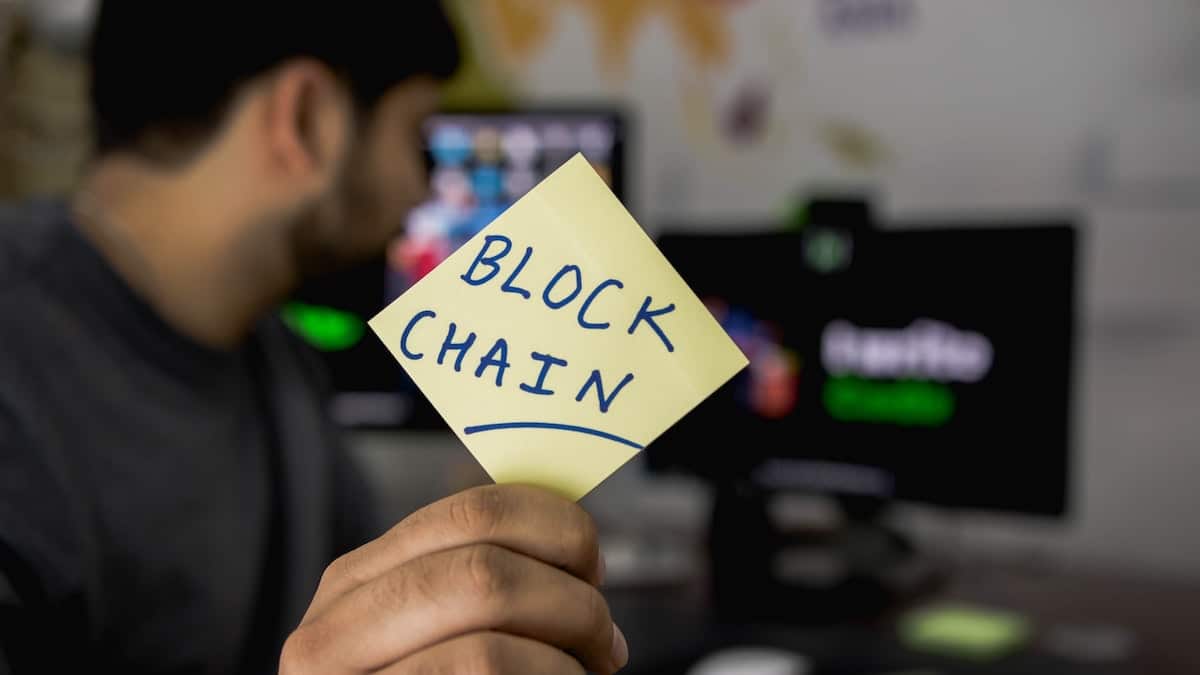Blockchain solutions’ growing popularity is changing how we store and share data. Barely any retail trades are done using cryptocurrencies, even well-known ones like the official site of bitcoin up. The newest iteration, blockchain, has the potential to disrupt not only transactions but also the transmission of data through networks.
The fundamental principles of communication combine blockchain distributed ledger technology and artificial intelligence computing. For example, one project could involve a decentralized virtual network with every device on it able to communicate with every other device as peers.
This peer-to-peer communication would be possible by pooling together all available networking resources on the IoT devices rather than relying on a centralized infrastructure controlled by telecom companies or ISPs.
5G Communication Tech
5G communication is expected to bring a bigger capacity to improve data transmission. It is said to be more sensitive and intelligent, with greater flexibility and pervasive coverage. Compared with 4G, 5G has higher frequency bands, more spectrum channels and faster transmission speeds. As we all know, the leading independent variable in wireless networks is bandwidth, referred to as carrier frequency or wavelength.
The larger the bandwidth of a waveform, the higher its data capacity. For 5G to achieve 10 GBPS or 100 GPBS in a single-user cell, it needs about 100 MHz bandwidth or more. This bandwidth is four times that of 4G and even higher than any existing wideband transmission standard. Professionals predict that 5G will have large bandwidths, low latency and high-capacity access, functional connectivity at ultra-low cost and massive machine-type communications (mMTC), allowing applications such as remote medical operations.
The Potential for Blockchain Technology In 5G Networks:
Blockchain has many advantages, such as high availability, transparency, traceability and low operation costs, which can be applied to 5G networks. In addition, the technology will enable various services, including In finance; blockchain technology is used for trading stocks/funds, and people can use it to purchase wireless bandwidth or mobile data access online.
Blockchain allows people to track their wireless purchases and view their balance. When a purchase is made, the data is instantly updated. In healthcare, Blockchain technology can record physiological data, which doctors can access at first signs of a problem.
Drones:
Blockchain solves one of the main challenges to drone development: they have no authoritative database to check their identity. As a result, it can make it difficult for them to fly legally in most countries. If every drone had its own digital identity on a blockchain, it would make it possible for governments and companies to regulate and authorize drone usage with relative ease. It could also improve the security of drones by keeping track of any unauthorized changes made to their firmware or software.
Blockchain and 6G RG-I
To manage the task of innovating decentralized communication, there is a need to standardize platform architectures and application-level capabilities. So, to support 6G networks, the following are required for the communication infrastructure:
- Decentralized control in terms of multi-operator, multi-domain and multi-RAT and the corresponding cooperation entities.
- Multi-operator service management with seamless roaming capability supporting multiple access technologies locally, regionally and globally with heterogeneous business models
- Interworking with other networks, including fixed and mobile networks
- Dynamic configuration of network resources, transmission bandwidths as well as services
- Resource management without central points of control.
- Dynamic carrier provisioning with guaranteed resources, including spectrum and network characteristics
- Methodology for end-to-end performance evaluation applicable to testing as well as operational use cases
- Advanced security in terms of authentication and authorization, voice-over IP capable
- Deployment model based on IP service virtualization and flexible mobility models (BRIDGE).
What are the benefits of blockchain integration in 5G and 6G networks?
1. Security:
With Blockchain technology and wireless networks, Bitcoin, for example, can be sent by users without transmitting their personal information to third parties. Some may look at this and think people can use blockchain to store personal information or payments on a public ledger. However, all transactions are encrypted with a private key so no one can see them.
2. Reducing Cost and Improving Efficiency:
The current communication infrastructure is centralized, which could be reliable and cost-inefficient. Blockchain will make it cheaper. Blockchain can help reduce communication infrastructure costs by reducing the need to maintain a centralized network.
3. Improving security:
Blockchain will make it possible to have security in remote areas where traditional wireless networks are not practical. Blockchain can also have a secure protocol that can be used in the future to send secure messages. In addition, blockchain provides a way to keep personal information private and not need to share it with any companies such as telecom operators.
4. Continuous and Secure Communication:
Blockchain provides a secure platform for communication because it is completely trusted, which means that traditional infrastructure cannot be hacked or interfered with as long as it uses blockchain.
The Future of Blockchain Technology And 6G Networks:
Many experts predict there will be increasing convergence between telecom infrastructure and industry verticals such as the Internet of Things (IoT) and Cloud services. So they believe Blockchain technology will play a vital role in developing a digital society.


